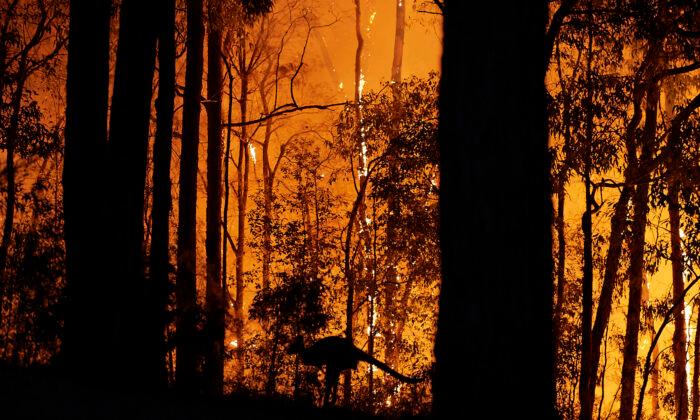A University of Sydney and the World Wide Fund for Nature (WWF) report released on the impacts of the Black Summer fires from 2019 to 2020 has found the fires cost the Australian agriculture sector billions of dollars.
The fires claimed 33 lives, but with the smoke inhalation, they are estimated to have contributed to up to 445 premature deaths. It is also estimated that $279 million in losses was due to fire-related health impacts suffered by farmers and other food workers.
The report estimated that the farm property, infrastructure and the land alone suffered between $2 to 3 billion worth of damages, with more than 38,400 insurance claims being made for loss of property and a loss of around $2 billion in food production, including over 100,000 livestock deaths.
Additionally, the intense bushfires may have also affected the productivity and market value of the land as bushfires can result in accelerated soil loss and degradation, with severe bushfires, especially those that affected Southern and Eastern Australia, having the potential to do irreversible soil degradation. However, the report also said that ash from vegetation burnt in bushfires could also contain nutrients that can improve soil fertility, so the actual productivity loss still needs to be ascertained.
Beef cattle farming suffered the greatest hit to revenue with an estimated loss of $373 million, most likely contributing to the 2 to 2.9 percent rise in food prices from Sep. 2019 to Mar. 2020.
The report comes timely as the Country Fire Authority (CFA) of Victoria implement a Total Fire Ban across the Mallee and Wimmera regions of Victoria on Monday.
This means no fire can be lit in the open air or allowed to remain alight.
Strict rules also apply to the operation of farm machinery, chainsaws, and lawnmowers.
CFA Acting Chief Officer Garry Cook said the hot temperatures, strong winds, and the possibility of dry lightning are the key concerns in the Mallee and Wimmera for Monday.
He said while the fire bans are in place for the Mallee and Wimmera, “there is going to be reasonably warm and windy conditions across Northern and Western Victoria as well.”
The Mallee and Wimmera are in the northwest regions of Victoria, Wimmera has been experiencing decreasing annual rainfalls and is especially dry in spring, which is when it would be the most at risk for bushfires. The Mallee’s climate is characterised by annual dry and warm summers with the greatest decrease in rainfall expected in spring and winter.





